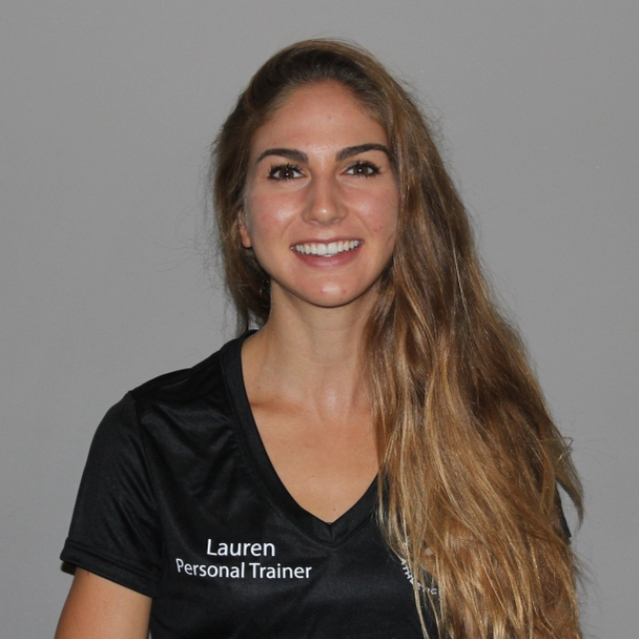Postpartum Exercise
Posted by Lauren Koehler on January 30, 2025
Regaining fitness or even starting a fitness routine after giving birth can be a challenging task. There are many factors to consider such as what the benefits are, when it is safe to begin, and what exercises are most beneficial. The right exercise routine can prove to be advantageous for both mom and baby.
Benefits of Exercise After Pregnancy
Promotes weight loss
During a single pregnancy, the normal weight female typically gains 25-35 pounds. This extra weight can be attributed to the growing baby, placenta, amniotic fluid, uterus, blood, breasts, fat stores and fluid volume. While this weight gain is critical for a healthy pregnancy, it can be difficult to lose this extra weight after delivering. A regular exercise routine, combined with a balanced diet can help lose this pregnancy weight.
Improves cardiovascular fitness for mom AND baby
Regular exercise can strengthen the heart muscle, lower the resting heart rate, improve blood circulation and reduce blood pressure in postpartum women. Recent studies have also found that moderate exercise for breastfeeding moms results in an increase in the compound known as 3SL in breast milk. This compound is believed to be linked to a reduced risk for chronic health conditions such as diabetes, obesity, and heart disease in babies.
Strengthens core abdominal muscles
During pregnancy the abdominal muscles tend to be overstretched and weakened to accommodate the growing fetus and the effects of pregnancy hormones such as relaxin. Oftentimes, this can result in diastasis rectus abdominis, also known as diastasis recti, which is a midline separation of the abdominal muscles at the linea alba. Although diastasis recti is common, it can have negative impacts on women’s health. Some of these effects include altered trunk mechanics, impaired pelvic stability and poor posture. Therefore, a core strengthening routine is essential postpartum to reestablish the integrity of the abdominal musculature.
Can help prevent postpartum depression
Postpartum depression is a mental disorder that develops within one month after childbirth. It can present as anxiety, a sense of hopelessness, sleep disturbances, and lack of interest in life. It is believed to be linked to the hormonal changes a woman experiences after giving birth. Regular exercise both during and after pregnancy has been shown to reduce the occurrence of postpartum depression due to its effects on serotonin and dopamine.
Beginning or Resuming Exercise Postpartum
The timeframe for returning to exercise depends on many factors such as delivery type (vaginal or cesarean birth), exercise level before and during pregnancy, overall health, and any other complications during birth.
- Generally, women who have had a vaginal delivery can return to exercise sooner than those who had a cesarean section.
- Typically, it is safe to begin exercise a few days after giving birth.
- Monitor pain and bleeding to determine if the activity is appropriate or needs to be modified.
- If urine is leaking during the exercise, this indicates the pelvic floor musculature needs more time to recover.
- It is recommended to wait at least 6 weeks before beginning any high-impact activities such as running or jumping.
Early Postpartum Exercises
Walking
Start walking 5-10 minutes a few times each day and gradually increase duration and intensity
Pelvic Tilts
While laying on your back with bent knees, tighten your abdominal muscles to push your lower back against the floor

Cat Cow
While on hands and needs, alternate between arching your back with an upward pelvic tilt, and rounding your back with a downward pelvic tilt

Clamshell
In a side lying position with knees, hips and ankles stacked, open and close the knees while keeping the feet together

Bodyweight Squats

Bodyweight Lunges

Additional Considerations
- Ensure you are staying hydrated, especially if breastfeeding.
- Wear a supportive bra and consider using pads to prevent leakage.
- Begin slowly and gradually increase intensity and duration.
- Find another individual to exercise with for accountability.
- Stop and consult your doctor if something does not feel right.
Sources
https://www.cdc.gov/maternal-infant-health/pregnancy-weight/index.html
https://www.nhlbi.nih.gov/news/2020/exercise-boosts-benefits-breast-milk-babies

Lauren Koehler
Lauren holds her doctorate in physical therapy from Mayo Clinic School of Health Sciences. In addition to personal training and teaching group fitness at the RAC, she works as a physical therapist at Mayo Clinic. Lauren graduated from the University of Arizona in 2020 with Bachelor’s degrees in Biochemistry and Nutrition. She has been leading group fitness classes such as spinning, weight lifting, boot camp, and HIIT since she was 16 and also became a personal trainer in college.
Contact Lauren Koehler



